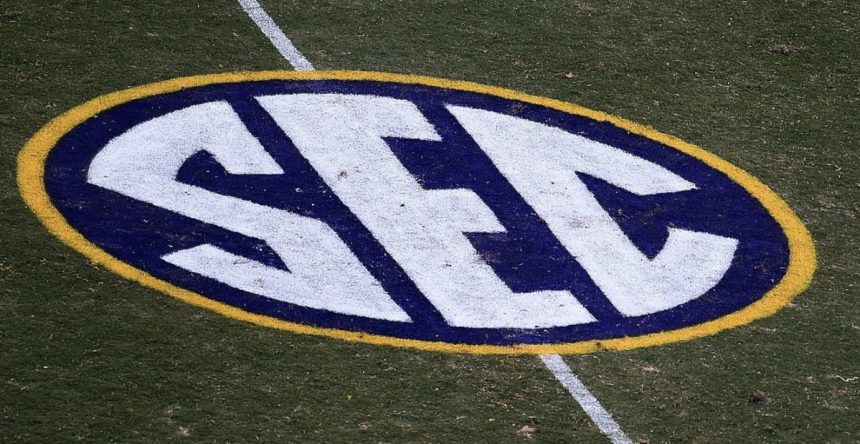Not many people would argue against the Southeastern Conference’s dominance over college football. In the last 20 years alone, the powerhouse conference has won 14 national championships, and over the last 50 years, 26 champions have donned the S-E-C patch on the top of their jerseys.
But that doesn’t mean conference officials are standing still.

During the annual SEC spring meetings in Destin, Fla., last week, university presidents, athletics directors, and coaches gathered for a vital decision amid the conference’s upcoming expansion in 2024 – to remain at eight conference games with one permanent rival or move to a nine-game conference schedule that would include three permanent opponents.
Although the nine-game schedule was heavily endorsed by conference commissioner Greg Sankey, the democracy of school officials chose to stay at eight games for at least the time being.
As part of the plan, teams will be required to play at least one Power 5 non-conference opponent each year. Divisions will also be no longer once Oklahoma and Texas officially join the conference next calendar year, meaning that the two teams with the best records will play in the SEC Championship.
Despite all that is going on in the offseason – the ever-growing transfer portal, NIL collectives building stronger, and average coach pay increasing – the SEC continues to have a stranglehold on the college football world for one main reason: the conference historically provides a better chance for players to make it to the NFL.
A perfect example of that is Will Levis. Levis, an above-average high school quarterback who originally went to play for Penn State in the Big Ten, never got the opportunity to perform much for the Nittany Lions.
Levis then transferred to Kentucky – which by no means is a powerhouse program but is a member of the SEC – and put up half-decent numbers during his time with the Wildcats.
Boom. Thanks to the seemingly constant media coverage and the massive stage that the conference has built itself into, Levis spent an entire year floated as a possible No. 1 overall pick and was eventually selected by the Tennessee Titans in round two of the 2023 NFL Draft.
Would that have happened if Levis decided to stay at Penn State or to transfer to a different non-SEC school? The answer is probably not.
While NIL and the transfer portal have changed the landscape of the game and undoubtedly will continue to do so, at the end of the day, SEC football should still revolve around the matchups themselves, representing the local community, the marching bands, and of course the tailgating.
Perhaps, that’s what Sankey was trying to do. Maybe he was trying to reinforce those traditions with his desire to move from eight to nine conference games. Who’s to say? But with the decision to maintain an eight-game conference slate, it appears as if school officials are more concerned with showcasing the monopoly that the SEC has created.
Regardless of the upcoming change in the playoff system (expanding to 12 teams beginning in 2024), what’s the answer to create a fair and balanced scenario for all teams? The 68-team March Madness of college basketball and the 64-team college baseball tournament would be even less of an answer due to location bias.
Therefore, consolidation of conferences at their current state is the only answer. Although the SEC will get larger with the additions of Texas and Oklahoma, creating larger college football bases is incomprehensible or you end up turning into the PAC-10 where USC and UCLA are leaving for the Big Ten because of their opportunity for the playoff.
College football is more successful with these traditions instead of creating a monopoly in the power conferences, and time will surely show that.
The views expressed by contributors are their own and not the views of SuperTalk Mississippi Media.







